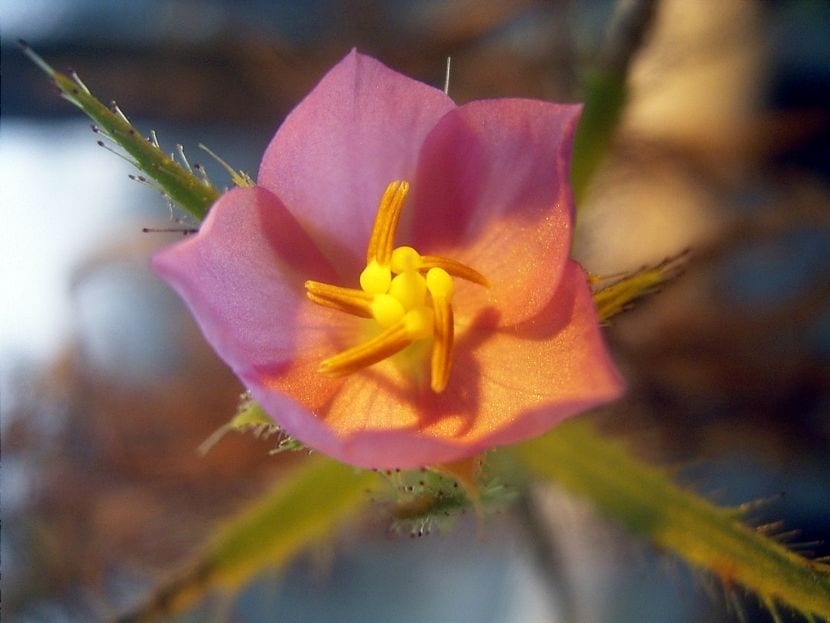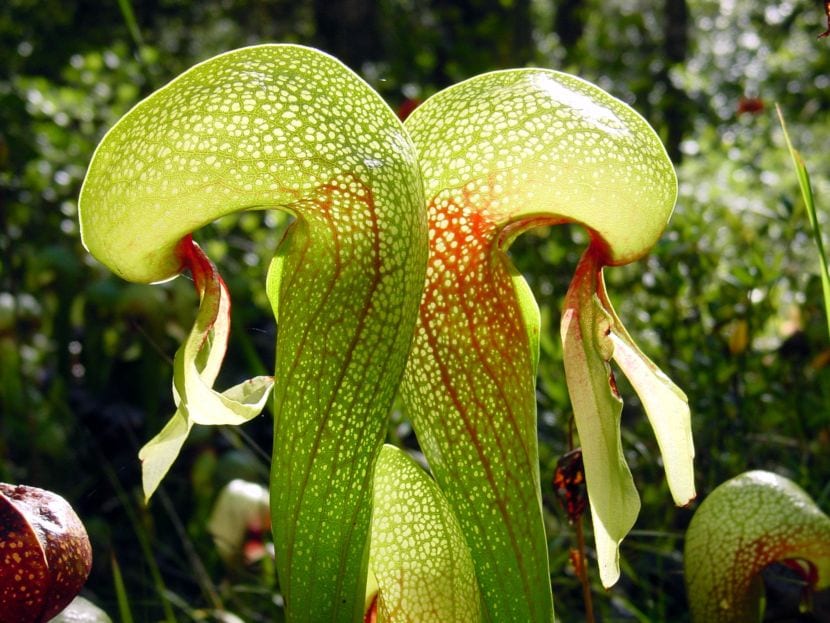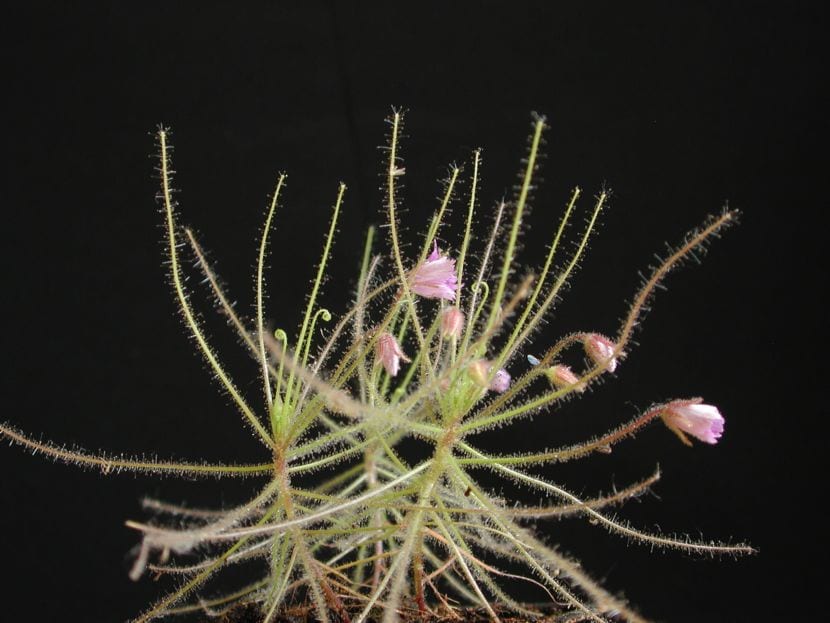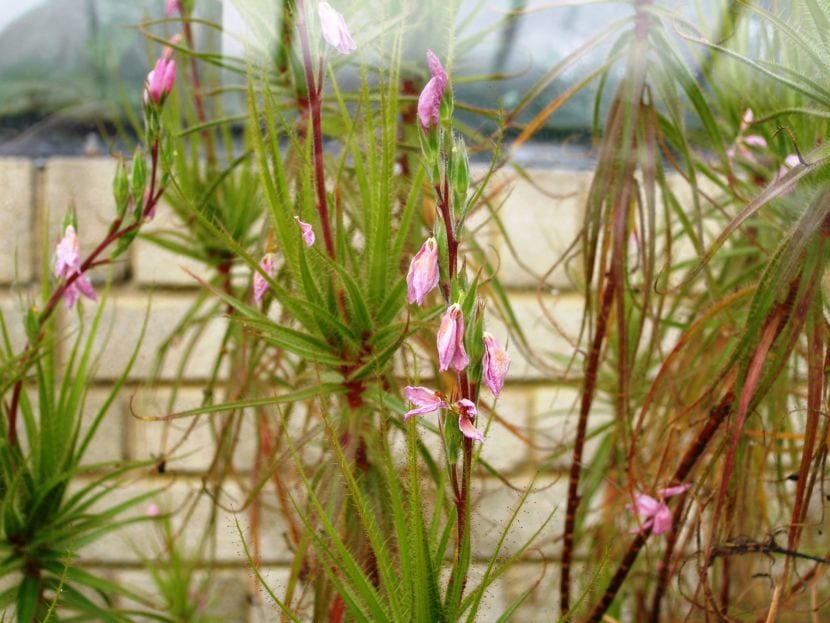
Carnivorous plants with a very curious type of plants, because their roots find so few nutrients in the soil that their leaves have evolved to become deadly traps for any insect (or small rodent) that sits on one of them. We all more or less know the Venus flytrap (Dioneia muscipula), which closes its traps in a matter of milliseconds; or the pitcher plants (Sarracenia) whose leaves have become generally tall and thin traps.
But there are some unknown and equally interesting carnivorous plants that, we know, will catch your eye. Below we will introduce you to three of them: Darlingtonia, Byblis y roridula.
Darlingtonia

The gender of Darlingtonia it is simply fascinating. By its own appearance, it is quite reminiscent of a cobra, and that's where its common name comes from: cobra plant. There is only one species, the darlingtonia californica. Native to Northern California and Oregon, it is one of the most sought-after carnivorous plants among collectors, and very difficult to find in habitat, as it grows very slowly. The curious thing about this plant is that, unlike the rest of its cousins, she does not have digestive enzymes therefore she cannot digest food aloneInstead, it needs the help of symbiotic bacteria.
In cultivation it is a delicate plant. It is important that the temperature does not exceed 20-25 degrees. And if you live in a hot climate, where the sun is also very intense, it is advisable that you have it in semi-shade, where the sun's rays do not reach it directly. Otherwise, that is, if you live in a cool climate, you can have it in full sun after acclimatization.
Byblis

The gender Byblis It comprises several species, all of them similar to the -best known- Drosera. In fact, the only visible difference is their flowers, which in the case of Byblis are symmetrical, with five curved stamens along one side of the pistil. They are mainly native to northern Australia, growing in height, upwards. They have a weak root system, which is why you have to be careful when transplanting it.
In cultivation it is difficult to have it, since it is a species protected by CITES, and if you want to acquire seeds or plants it is mandatory to have the permission of said regulatory body. Or if you already have a plant that has passed all the controls, if this plant gives seeds, they can be sown and cultivated without major problems. It does not support frost.
roridula

All the roridula they are native to South Africa. For a long time, and even today, it is debated whether or not they are carnivorous plants, since they cannot directly digest food either. To get the nutrients it needs, it has the help of an insect that eats the food, and the plant absorbs its excrement through the roots.
In cultivation it is difficult to find it. It needs a warm climate all year round to be able to live, since it does not support frost or intense cold.
Finally, remember that carnivorous plants need blond peat with perlite, and be watered frequently with rain, osmosis or distilled water. Their roots are not prepared to live in normal soil, that is why they do not take long to have problems if they are grown in commercial substrates. It is also very important to bear in mind that they must be kept in plastic pots (or planters), since those made of clay can release salts that are harmful to the roots.
What did you think of these carnivores? Did you know them?